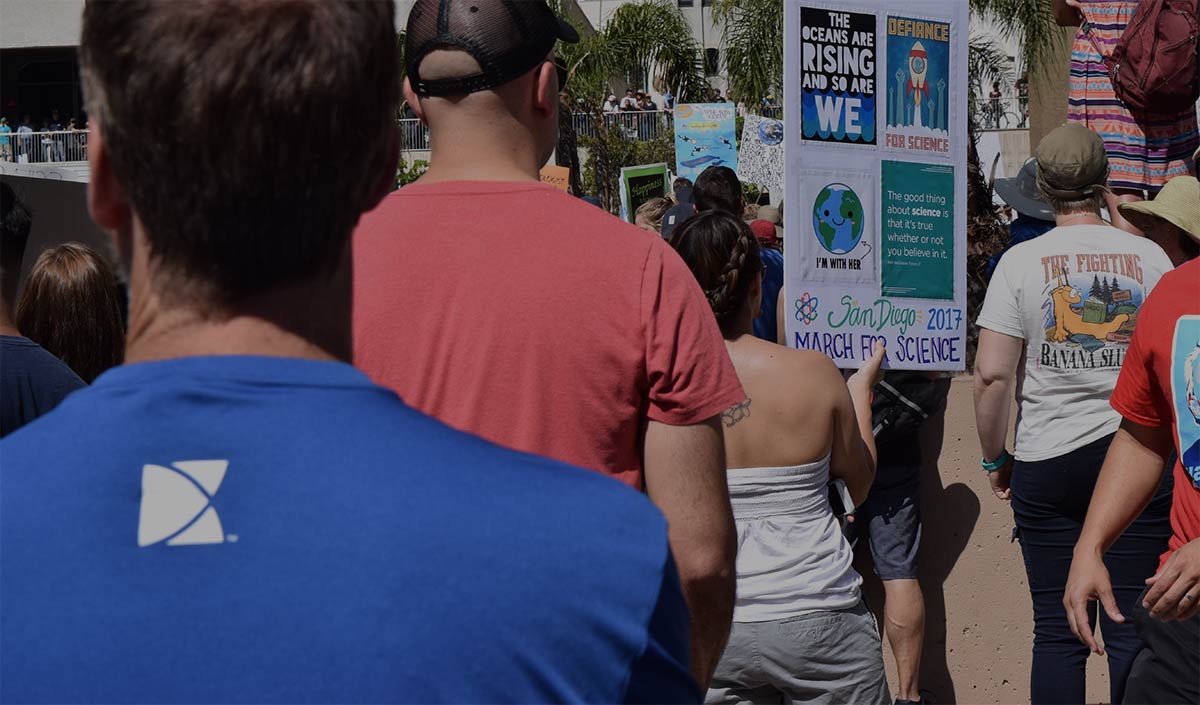
How Social Marketing Differs from Commercial Marketing
Civilian opened its doors in 1999. Back then, we called ourselves AdEase. We promoted local restaurant chains, residential developments, and insurance firms.
But soon our focus shifted. We began to use our marketing, advertising, and community outreach tools to promote public health, conservation, transportation equity and economic development. With the shift came a renewed passion for the work and a shared commitment to positive change. In 2015 we made the change official with a new brand and a strategic focus on prioritizing social change work for the common good.
We often get asked how we’re different from commercial marketing agencies and their in-house counterparts. It’s tough to tell sometimes because social marketers use many of the same tools as commercial marketers. But social marketing is an inherently different discipline and must be approached in a unique way.
Commercial marketing and social marketing differ fundamentally in their purpose. Commercial marketers seek to influence purchasing decisions – most often for financial gain. Social marketers seek to influence behavior usually for the good of community or society. (And yes we realize commercial marketing can have positive social effects, too, and Civilian helps businesses invest in corporate social marketing.)
Differing Approaches to Timing, Target Audiences and Metrics
Commercial and social marketing also differ in the way they approach their audiences. Commercial marketers target consumers while social marketers focus on people likely to make, influence, or encourage behavior change. Often the people who most need to change are the least likely to want to do it, as in the case of an anti-smoking campaigns. For this reason, social marketing’s intended audiences are typically broader, more diverse, and harder to reach.
Commercial and social marketers also have different priorities. Commercial marketers prioritize efficiency and time-to-impact measured by leads, sales or cost per acquisition. Social marketers must account for the often slower pace of behavior change and plan for social equity. A socially just campaign must work equally well for multiethnic, multilingual, low-income, or otherwise underserved audiences and success is often measured months or years later using metrics such as mortality rates, increased transit access and family-level economic impact to understand whether actual and sustainable change has occurred.
Another important difference relates to funding and the sharing of information. Commercial marketing campaigns are privately funded. Their strategies and results are proprietary. Most social marketing campaigns, however, are publicly funded, which leads to sharing of best practices and published results. Social marketers can benefit from this access to in-depth research but are also compelled to publicly share results of both their successes and failures.
Finally, although social marketing targets specific individuals, its highest aim is to effect a level of social change that transcends any single contribution. Achieving this goal often requires patience and the application of more marketing tools including community education, public advocacy, influencer engagement, and partnership building. Their success is often highly dependent upon cultural and political circumstances making it crucial for social marketing campaigns to have a realistic timeline, a multifaceted approach, political momentum, and the right partners to make lasting change.
These distinctions may seem subtle or abstract and we are in no way suggesting one is more valuable than the other. Social marketing is the work that gets us the most fired up and our specific focus continues to attract like-minded people. As social marketers who are equally fluent in commercial marketing, the Civilian team truly thrives tackling the most complex issues affecting our communities, determined to make a difference by doing work that matters.